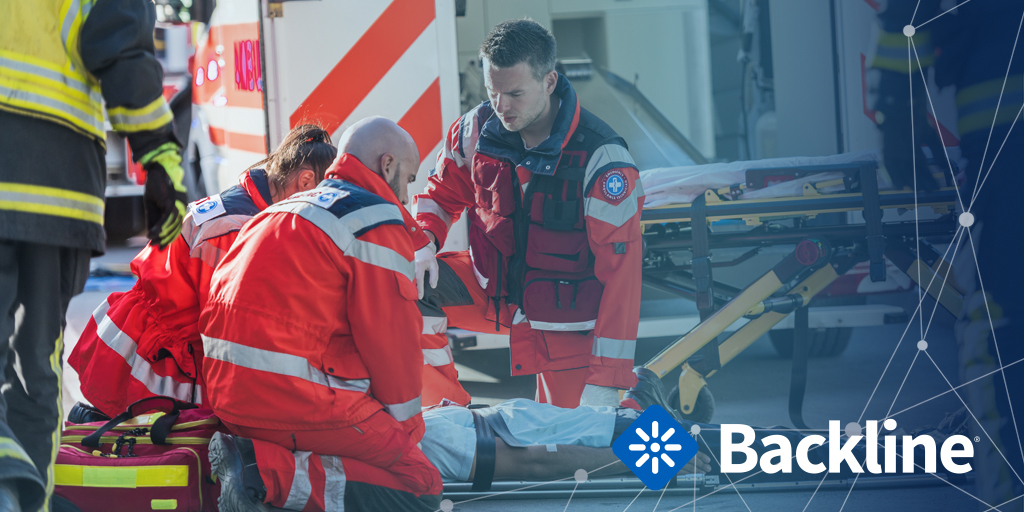Michael Kelley, RN, BSN
Emergency Services Program Offers Telehealth Sessions for On-Scene Care
When an ambulance responds to an emergency call, the paramedics and emergency medical technicians typically have one option to treat patients: transport them to the emergency room. Until now. Thanks to an innovative program offered by the Centers for Medicare & Medicaid Services (CMS) to improve quality while reducing costs, paramedics can treat some patients at the scene of an emergency via a telehealth session with a physician, which limits in-person contact and helps avoid overcrowding in hospital emergency departments.
The Emergency Triage, Treat, and Transport (ET3) program allows participating ambulance care teams to deliver two new services to Medicare Fee for Service beneficiaries following a 911 call. EMS teams can transport patients to care sites other than the emergency department—such as an urgent care center, primary care office, or community mental health center—or they can link these patients to a telehealth session with a qualified healthcare provider using a mobile device.
Approximately 185 agencies across the country were selected to participate in the ET3 pilot program. Five fire and EMS agencies in Lake County, Illinois, are among the first to use Backline from DrFirst to create a secure video telehealth connection with emergency medical staff at two area hospitals.
“The option to use telemedicine is especially significant during the COVID-19 pandemic,” says Erik Christensen, Medical Officer for the Wauconda Fire Protection District. “Emergency rooms can get overwhelmed, and a secure video call can keep stable patients in the comfort of their own home without the potential exposure to other sick patients.”
Through the ET3 program, paramedics responding to 911 calls are trained to assess patients and intervene based on the complaint and the level of emergency. Using the Backline care collaboration platform, emergency medical technicians can treat patients, access medication history, and share images at just the right place and time. Strong encryption protects patients’ health information.
“Offering telemedicine visits in the field and transporting patients to urgent care centers or doctors’ offices for less urgent conditions, such as minor skin lacerations or simple sprains, is a game-changer that means seniors in these communities can get the most appropriate care in the most efficient and cost-effective manner,” says Christensen.
While patients benefit from lower-cost, higher-quality care, EMS agencies benefit from reimbursements for services rendered in the field that previously were not billable to insurance.
Watch a video demonstration of Backline to see how it works.


















